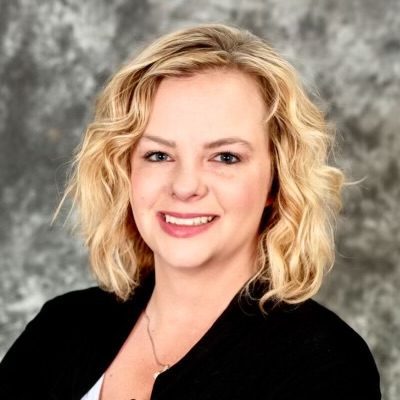What Is a Special Enrollment Period?
A Special Enrollment Period (SEP) is a limited timeframe during which people can sign up for or change their health insurance plans outside the annual Open Enrollment Period. It’s typically triggered by certain life events like marriage, birth of a child, or loss of other coverage.
SEPs ensure that people have access to essential healthcare coverage when they experience significant life changes, promoting better healthcare access and financial security.
Table of Contents
Understanding Open Enrollment vs. Special Enrollment
Another time you can enroll in a health insurance plan is during open enrollment. The Open Enrollment Period (OEP) is when you can enroll in a health plan without a qualifying event. Open enrollment happens once annually and usually lasts a couple of months.
For example, OEP for the Health Insurance Marketplace runs annually from November 1st – January 15th.
OEP and SEP differ mainly in the timing and eligibility criteria. However, the actions you can take during each enrollment period are the same. During enrollment, you can change your health plan, enroll in a new one, and explore your coverage options.
How Do Special Enrollment Periods Work?
Special Enrollment Periods allow you to enroll in or change your health plan mid-benefit year. If you have a significant life change, you will have 30-60 days to contact your plan provider and enroll in a new plan, depending on your plan type.
Employer-sponsored plans typically offer a 30-day window for special enrollment, while ACA Marketplace Plans offer 60 days. After that window is up, you can no longer enroll during special enrollment and may have to wait until the next Open Enrollment Period.
Types of Qualifying Events

A major life change can open up a Special Enrollment Period, where you can enroll in a new health plan that meets your unique needs. Many events would qualify, such as:
- Birth or adoption of a child
- Marriage or divorce
- Loss of health insurance
- Moving out of a health plan’s coverage area
- Loss of job or income
In some states, the definition of a qualifying event may differ. For example, some states may recognize divorce as a qualifying event, while others may not.
Qualifying events may also differ slightly for employer-sponsored plans. If you think you may have a qualifying event, check with your provider to ensure you are not missing out on a SEP.
Special Enrollment for Low-Income Applicants
As part of the Affordable Care Act (ACA), there is a Special Enrollment Period for applicants with a low income. Any household whose income does not exceed 150% of the federal poverty level can enroll in a Marketplace Health Plan or change their current Marketplace Plan year-round. This means that they can register without having a qualifying event as long as they meet income requirements.
Special enrollment for low-income applicants improves access to care and offers financial protection to vulnerable populations.
How to Navigate a Special Enrollment Period
Regardless of the type of policy you have, you need to ensure you follow specific steps to enroll in a health plan during your special enrollment period:
- Recognize the qualifying event. Be aware of what qualifies you for a SEP, and contact your provider if you believe you should be eligible.
- Collect proof of the event. This may include a marriage license, adoption papers, or other documentation proving the event.
- Contact your provider. This may be your employer. If you get your plan through the ACA Marketplace, you can visit the website or call to discuss next steps.
- Enroll in a new plan. Use this time to review your plan options and compare policies.
- Provide your provider with any needed documentation. This may include personal information, such as your social security number, employer details, birth certificate, and more.
- Review your policy. Review your policy documents to ensure everything is correct. Be sure to place your new insurance cards and policy information in a secure place.
What to Do If You’re Denied Despite Meeting Eligibility

If you enrolled in a new plan during your SEP and were denied coverage, you must follow up with your plan provider as soon as possible.
It may be that you did not provide the required documentation or waited until your period window was closed.
Contact the provider as soon as possible to clarify the decision and provide them with any missing information. Do not wait until your window is almost up to apply for coverage. Doing so may result in a lapse in coverage and a stressful situation.
All in All
A major life change may qualify you to enroll in a new health plan during your benefit year. If you have a qualifying event, you can contact your plan provider to enroll rather than wait for the Open Enrollment Period. Enrolling during your Special Enrollment Period can help you avoid a lapse in coverage and unexpected costs.
It is best to contact your provider as soon as you have a qualifying event to ensure that you are enrolled in a timely manner.
